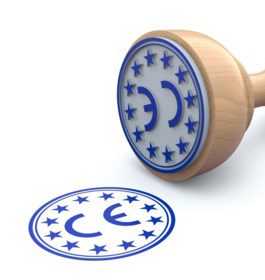Consumer products that do not fall within the scope of any CE marking legislation, must meet the requirements defined by the General Product Safety Directive 2001/95/EC. On 12 June 2023 the renewed EU general product safety legislation has been finally adopted and entered into force as General Product Safety Regulation (GPSR) 2023/988/EU. Key changes include the introduction of product safety obligations for online marketplaces, the obligation on manufacturers to conduct an internal risk assessment and draw up a technical documentation for their products; the obligation to have authorised representative (responsible person) established in the EU. The application of the GPSR and the repeal of existing Directive 2001/95/EC will only be effective after a transitional period expiring on 13 December 2024, however, the GAP-analysis as the preparation, can be already done.
At this moment the Directive 2001/95/EC will be applicable in so far as there is no specific European legislation regarding the safety of certain product categories. Affixing a CE marking to these products is not mandatory, but they must still meet the safety requirements of the general safety for consumer products before they are placed on the European market and/or put into use.
The General Product Safety Directive does not require affixing the CE marking or the issuance of an EU Declaration of Assessment. Manufacturers, however, must comply with this Directive. In The Netherlands this Directive has been transposed into the Dutch Commodities Act General Product Safety (Warenwetbesluit Algemene Productveiligheid).













